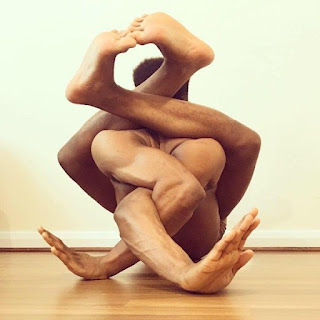Hoodwink

Since the current meaning of wink is a quick closing and opening of an eyelid, we may fail to appreciate the full dimensions of this word.
Many people will associate a wink with a covert signal to a confederate as a scam is being perpetrated--a deliberate blink behind the victim’s back to signal villainy.
Originally, to wink was to close one’s eyes completely. It came from Old Dutch and Old Germanic words that referred to turning, lurching, unstable motion, wavering, and vacillation. This evokes an image of a blindfolded (or hooded) person stumbling and lurching because he cannot see his way.
Why would someone do that? Think of executions, where the prisoner has a canvas or cloth bag over his head. Or think of a mugging, where one criminal sneaks up behind the victim and throws a coat or other barrier over his head while his companion grabs any valuables. Finally, think of a hawk or falcon on a perch, its head covered by a leather hood to calm it.
So, from a literal hoodwinking of that sort, we have moved on to the figurative hoodwinking in which a person is deceived and the truth is hidden from sight.
All this brings to mind the last stanza of a poem by Eugene Field: Wynken, Blynken, and Nod.
Wynken and Blynken are two little eyes,
And Nod is a little head,
And the wooden shoe that sailed the skies
Is a wee one's trundle-bed.
So shut your eyes while mother sings
Of wonderful sights that be,
And you shall see the beautiful things
As you rock in the misty sea,
Where the old shoe rocked the fishermen three:
Wynken,
Blynken,
And Nod.
And Nod is a little head,
And the wooden shoe that sailed the skies
Is a wee one's trundle-bed.
So shut your eyes while mother sings
Of wonderful sights that be,
And you shall see the beautiful things
As you rock in the misty sea,
Where the old shoe rocked the fishermen three:
Wynken,
Blynken,
And Nod.


Comments